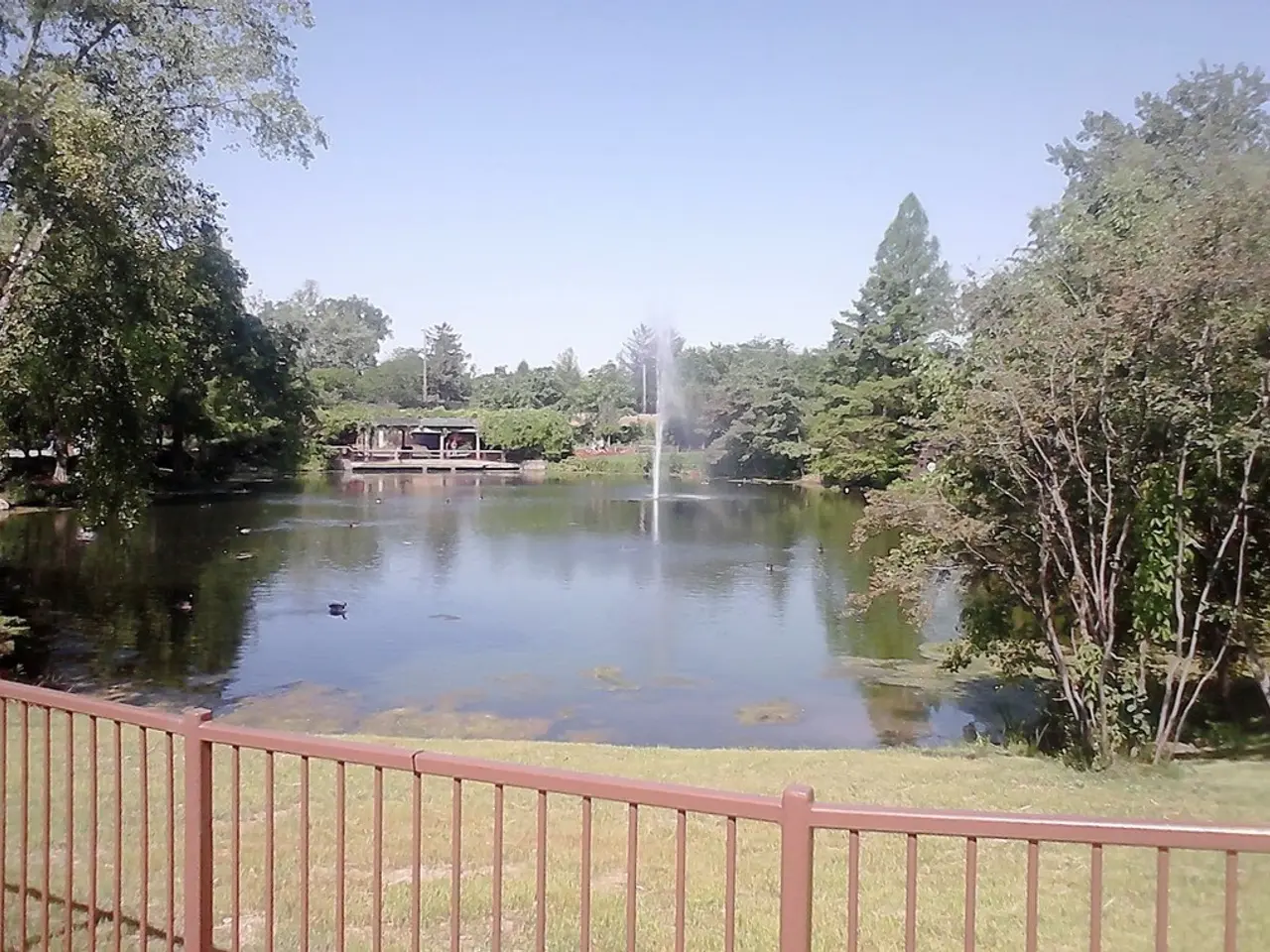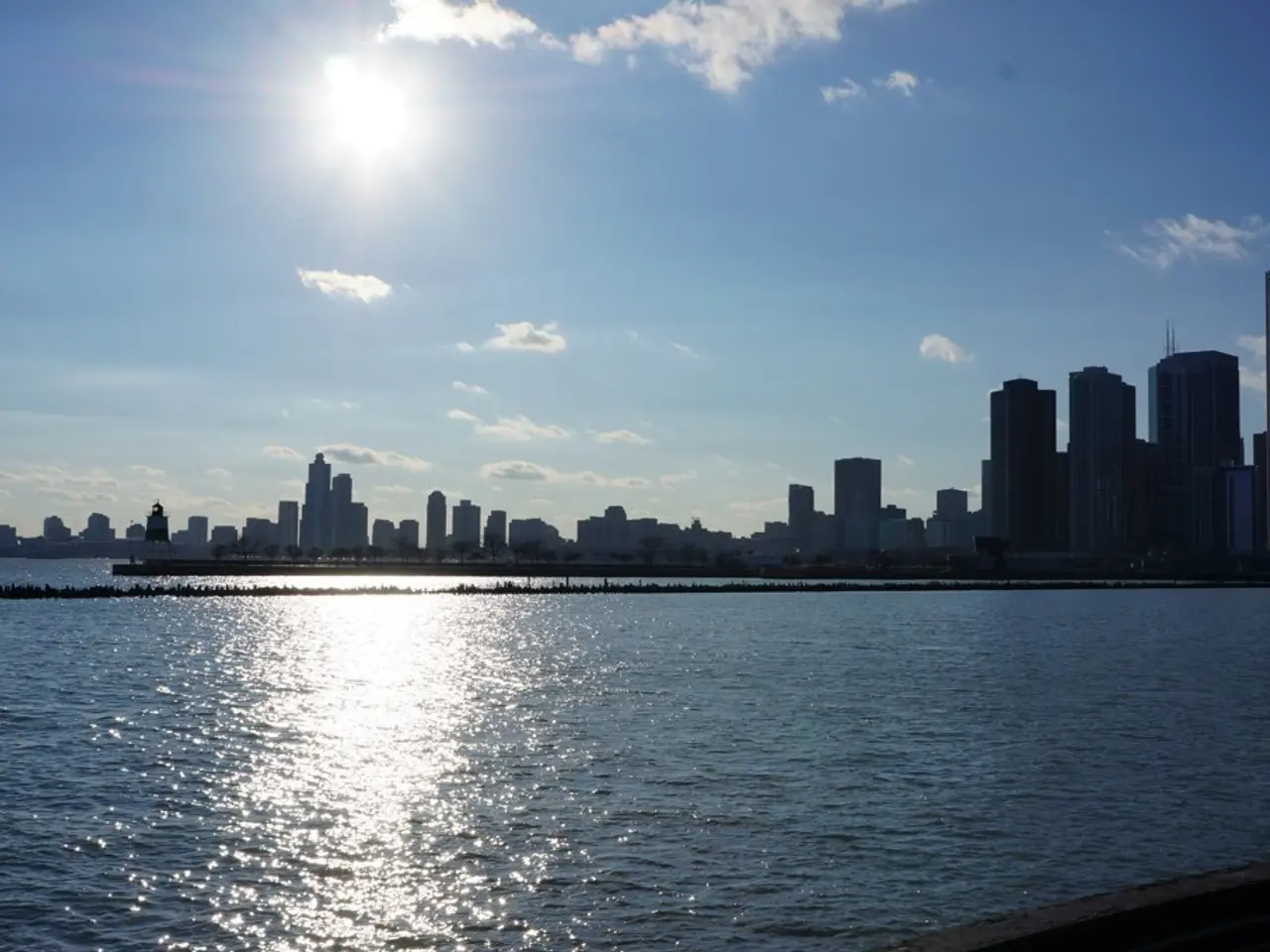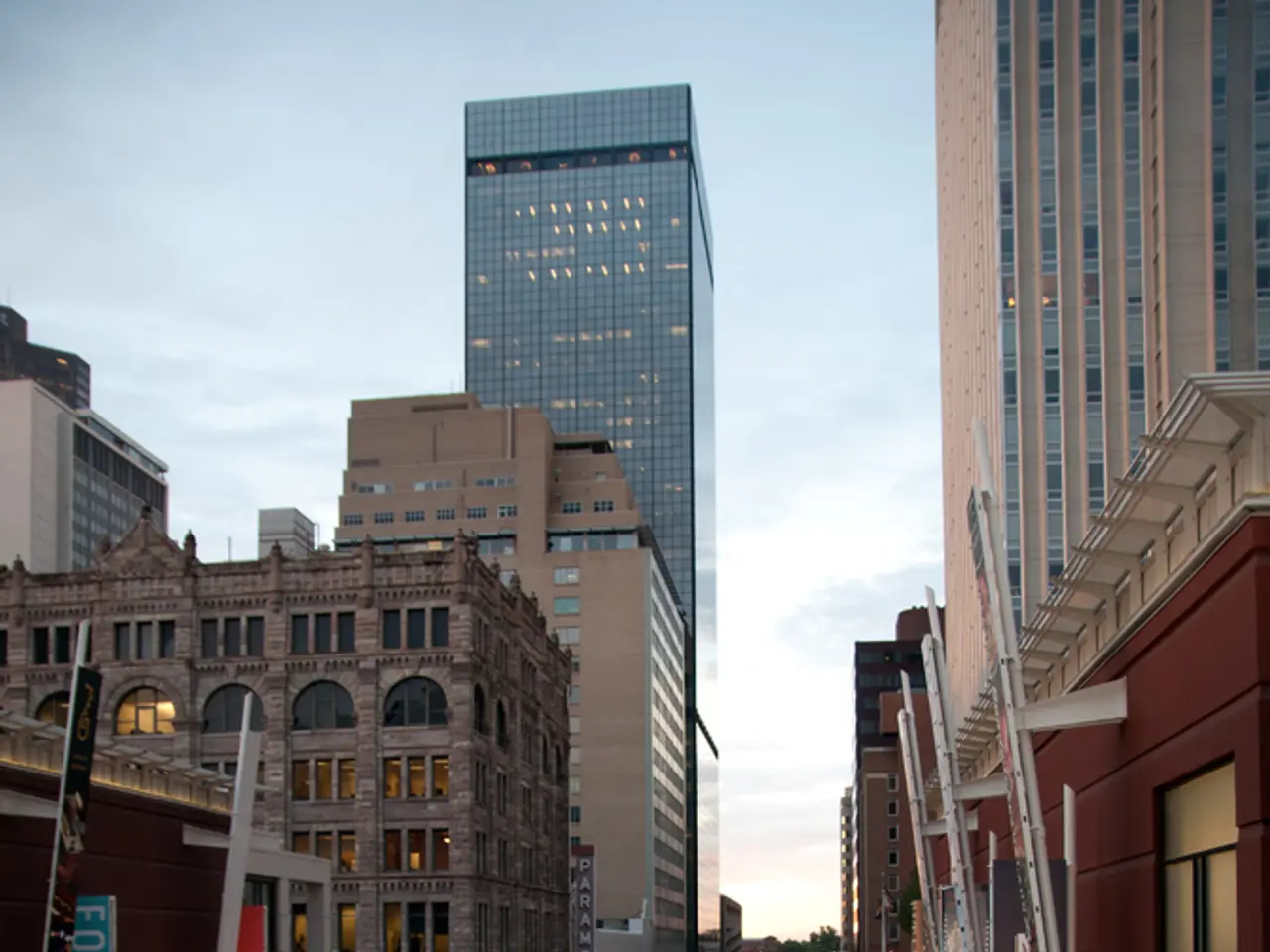Deep Defense: Constructing NYC's Bluebelt for Storm Defense and Durability
In the heart of Midland Beach, a significant transformation is underway. Homeowners, faced with the looming threat of coastal flooding, have chosen a path of proactive adaptation – a process known as managed retreat.
Two women, who had raised their kids together in adjacent duplexes, made the emotional decision to sell their homes as part of a buyout program. This choice, described as courageous, is not a retreat but a step towards ensuring a safer future for eight million New Yorkers.
The buyout program, a policy tool that streamlines the process and makes the option available to interested homeowners living in flood zones, is part of a larger managed retreat strategy. This strategy involves the gradual and voluntary relocation of homes, buildings, and infrastructure away from vulnerable coastal areas to safer inland locations.
The homes demolished in April were among the first to be sold as part of this program. The vacant lots cleared will soon see the growth of asters, milkweed, goldenrod, and tall marsh grass, transforming the landscape into a thriving ecosystem. Curves and swales that reduce flooding will be created, and trees will be planted, providing a natural barrier against future storms.
Wetlands, oyster reefs, and mussel beds may stand between the open ocean and New Yorkers, acting as a buffer against the harsh forces of the sea. This restoration of nature not only enhances the resilience of the community but also offers a glimpse of a future where families can explore tide pools and enjoy the beauty of the coastline.
The term 'managed retreat' suggests a proactive approach to addressing coastal flooding. By choosing this path, the families who made the difficult decision to sell their homes have created a better future not just for themselves, but for the entire city. However, more funding and a faster turnaround are required to implement similar projects on a larger scale.
Each home sold through buyouts holds relationships and memories, making the act a poignant reminder of the emotional significance of the homes. Yet, the success of this project demonstrates the potential benefits of nature's restoration at a massive scale.
Vandenburg, a local resident, emphasizes the need to move away from building to the edge of the coast. "Nature was pushed to its limit during Sandy," he states, referring to the devastating storm that hit New York in 2012. By embracing managed retreat, we can ensure a safer, more resilient future for coastal populations, giving the shoreline "room to breathe" and allowing natural coastal processes and ecosystems to recover or stabilize.
In summary, managed retreat is about strategically moving away from high-risk coasts to safer inland areas over time, securing a safer, more resilient future for coastal populations. By acknowledging the challenges, involving the community, and planning for the long term, we can create a more sustainable future for all.
Science plays a crucial role in weather-forecasting, which is essential for environmental-science, including managing climate-change impacts like coastal flooding. The proactive approach adopted by homeowners in Midland Beach, known as managed retreat, includes natural solutions like creating curves and swales, planting trees, and restoring wetlands, oyster reefs, and mussel beds. These measures are designed to enhance the resilience of the community and offer a glimpse of a future where people can coexist harmoniously with nature.








